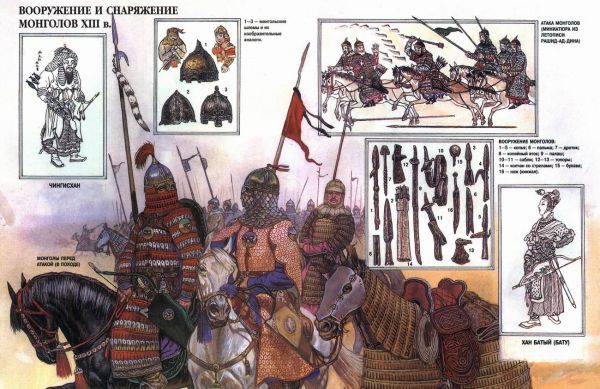| Author |
Message |
|
Kristoffer K
|
 Posted: Tue 05 Nov, 2013 2:50 am Post subject: Searching for sources of two handed maces Posted: Tue 05 Nov, 2013 2:50 am Post subject: Searching for sources of two handed maces |
 |
|
Hello guys
I am searching for sources for two handed maces being used by Eurasian Nomads in XIII-XV century..
I have seen some with long cavalry maces wielded in one hand with no shield in the other, but I would really appreciate it if anyone would share any source, where it is clear that the mace wielded is two handed..
Here is what I got already:
 Attachment: 101.59 KB Attachment: 101.59 KB
[ Download ]
|
|
  |
 |
|
Kristoffer K
|
 Posted: Tue 05 Nov, 2013 2:53 am Post subject: Posted: Tue 05 Nov, 2013 2:53 am Post subject: |
 |
|
Another one:
Best regards
Kristoffer
 Attachment: 70.9 KB Attachment: 70.9 KB

|
|
  |
 |
|
Kristoffer K
|
 Posted: Tue 05 Nov, 2013 2:57 am Post subject: Posted: Tue 05 Nov, 2013 2:57 am Post subject: |
 |
|
Last one.. 
 Attachment: 231.5 KB Attachment: 231.5 KB

|
|
  |
 |
Dan Howard

|
 Posted: Tue 05 Nov, 2013 3:56 am Post subject: Posted: Tue 05 Nov, 2013 3:56 am Post subject: |
 |
|
Speculative drawings can't be used as evidence. You need physical examples. An extant mace head that weighs 2kg or more is likely to be from a two-hander (unless it is a ceremonial mace). Manouchehr's book has a Persian example that is 101cm in length and weighs 2910g.
Author: Bronze Age Military Equipment, Pen and Sword Books
|
|
  |
 |
|
Kristoffer K
|
 Posted: Tue 05 Nov, 2013 7:24 am Post subject: Posted: Tue 05 Nov, 2013 7:24 am Post subject: |
 |
|
I know these drawings doesn't prove anything, that is why I came here in hope of someone else having knowledge about some known documentation. Most sources on the subject is in russian, and I can't read that..
Good tip on the weight of the mace head. I will try to look that book up.. Thank you.
|
|
  |
 |
Eric S

|
 Posted: Wed 06 Nov, 2013 6:13 pm Post subject: Posted: Wed 06 Nov, 2013 6:13 pm Post subject: |
 |
|
You would be looking at something like this Indian two handed mace.
Indian sonta (a long club like mace), a very massive and heavy solid steel weapon at 37 inches in length and 8 lbs in weight, the entire shaft is carved with a spiral twist for its length and bands at intervals originally inlaid with brass, each face of the eight faceted head carved with repeating tendril and leaf design, a loop at the opposite end for attaching a strap, weapons such as this were used in India from medieval times, showing great age, possibly 16th to 17th century or older.

|
|
   |
 |
|
|

